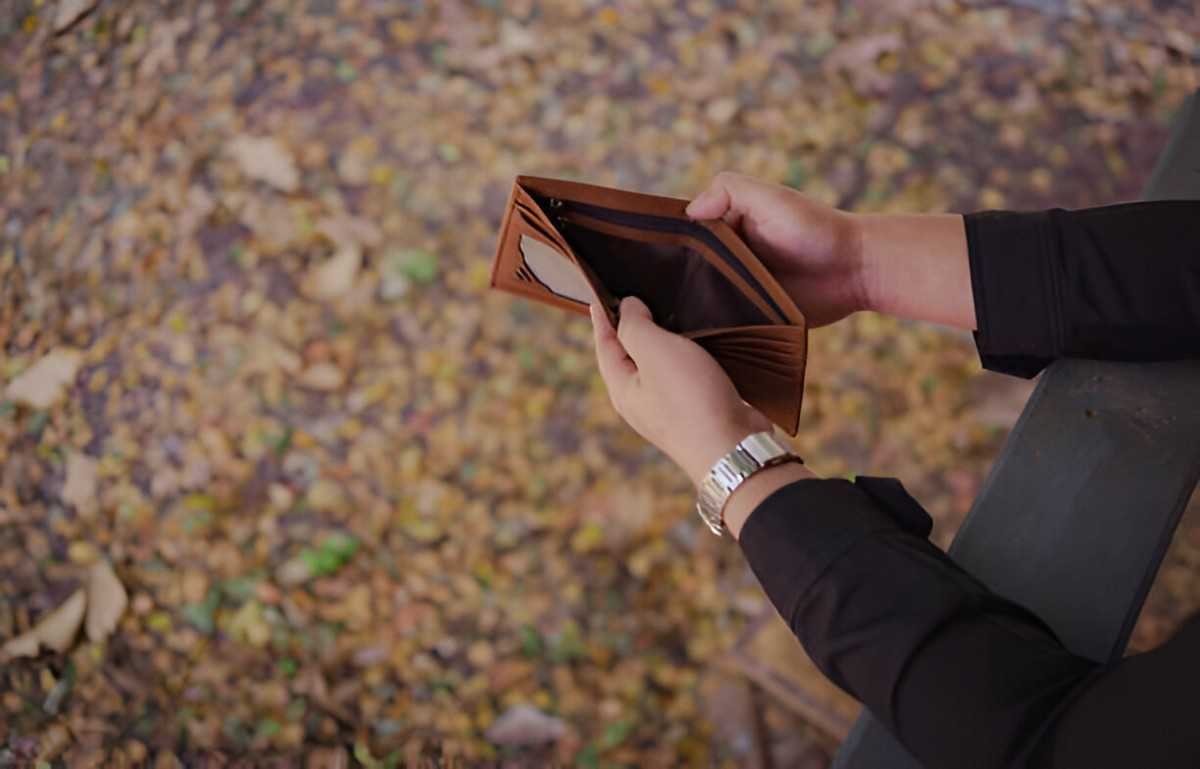Financial fraud takes many forms, but few are as deceptive and damaging as kiting. As someone who has spent years analyzing financial crimes, I find kiting particularly fascinating because it exploits the time delays in banking systems. In this guide, I break down how kiting works, its legal consequences, and how to detect it—whether you’re an accountant, business owner, or just curious about financial scams.
Table of Contents
What Is Check Kiting?
Check kiting is a form of fraud where someone intentionally writes a check from an account with insufficient funds, then covers the shortfall by depositing another bad check from a different account. The scheme relies on the float—the time between when a check is deposited and when the funds are actually withdrawn from the payer’s account.
The Mechanics of Kiting
Let’s say I have two bank accounts:
- Bank A: Balance = \$100
- Bank B: Balance = \$0
Here’s how I could exploit the system:
- I write a check for \$1,000 from Bank A and deposit it into Bank B.
- Before Bank A processes the check, I write a check for \$1,100 from Bank B and deposit it back into Bank A.
- The cycle continues, artificially inflating my account balances.
The fraud works as long as neither bank realizes the checks are unbacked by real funds.
Legal Consequences of Kiting
Under U.S. law, check kiting is a federal offense under 18 U.S. Code § 1344 (Bank Fraud Statute). Penalties include:
- Fines: Up to \$1,000,000 for institutions, \$100,000 for individuals.
- Imprisonment: Up to 30 years.
The Expedited Funds Availability Act (EFAA) also mandates faster check clearing, making kiting harder to sustain.
Real-World Example: The ZZZZ Best Scandal
One of the most infamous cases involved Barry Minkow, who used kiting to inflate his company’s financials before being caught in 1987. His scheme collapsed when banks noticed the circular transactions.
How Banks Detect Kiting
Banks use algorithms to flag suspicious activity. Common red flags include:
| Indicator | Why It’s Suspicious |
|---|---|
| High-volume check deposits | Suggests artificial balance inflation |
| Frequent transfers between accounts | Indicates circular transactions |
| Consistent overdrafts followed by deposits | Shows reliance on float |
Mathematical Detection Models
Banks often employ statistical models to detect anomalies. One common method is the Benford’s Law test, which checks if transaction amounts follow expected distributions:
P(d) = \log_{10}\left(1 + \frac{1}{d}\right)Where:
- P(d) = Probability of digit d appearing as the leading digit.
- Deviations from this pattern suggest manipulation.
How Businesses Can Prevent Kiting
As a business owner, I recommend:
- Monitor Bank Reconciliations: Ensure deposits clear before issuing payments.
- Use Positive Pay Systems: Banks match issued checks against a pre-approved list.
- Analyze Cash Flow Patterns: Unexpected spikes in deposits may indicate fraud.
Example: Detecting Kiting in Financial Statements
Suppose I review a company’s books and see:
| Day | Bank A Deposits | Bank A Withdrawals | Bank B Deposits | Bank B Withdrawals |
|---|---|---|---|---|
| 1 | \$5,000 | \$0 | \$0 | \$5,000 |
| 2 | \$0 | \$5,000 | \$5,000 | \$0 |
This circular pattern suggests kiting.
The Psychology Behind Kiting
Why do people commit check kiting? Often, it starts as a temporary fix—covering a cash crunch—but spirals out of control. The fraud triangle explains the motivation:
- Pressure (e.g., financial distress).
- Opportunity (weak internal controls).
- Rationalization (“I’ll pay it back later”).
Conclusion
Check kiting is a serious crime with severe penalties. By understanding how it works, businesses and individuals can better protect themselves. Vigilance, strong internal controls, and automated fraud detection systems are the best defenses.





